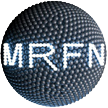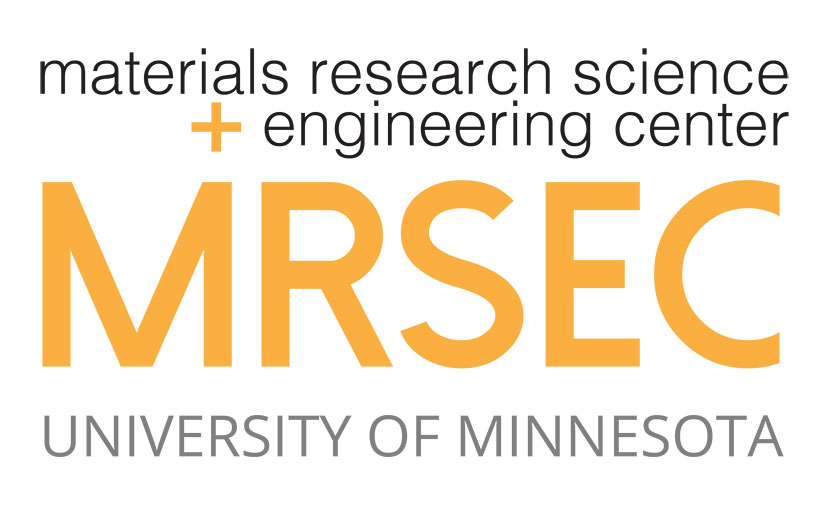Description:
This small-angle scattering beamline incorporates high-flux optics, in situ control of sample temperature, and an area detector. The intense beam generated by this instrument makes it ideal for obtaining time-resolved measurements, such as crystallization behavior, phase transformation kinetics, and response to mechanical deformation. Samples can be analyzed in many forms, including solutions, fibers, films, and powders.



